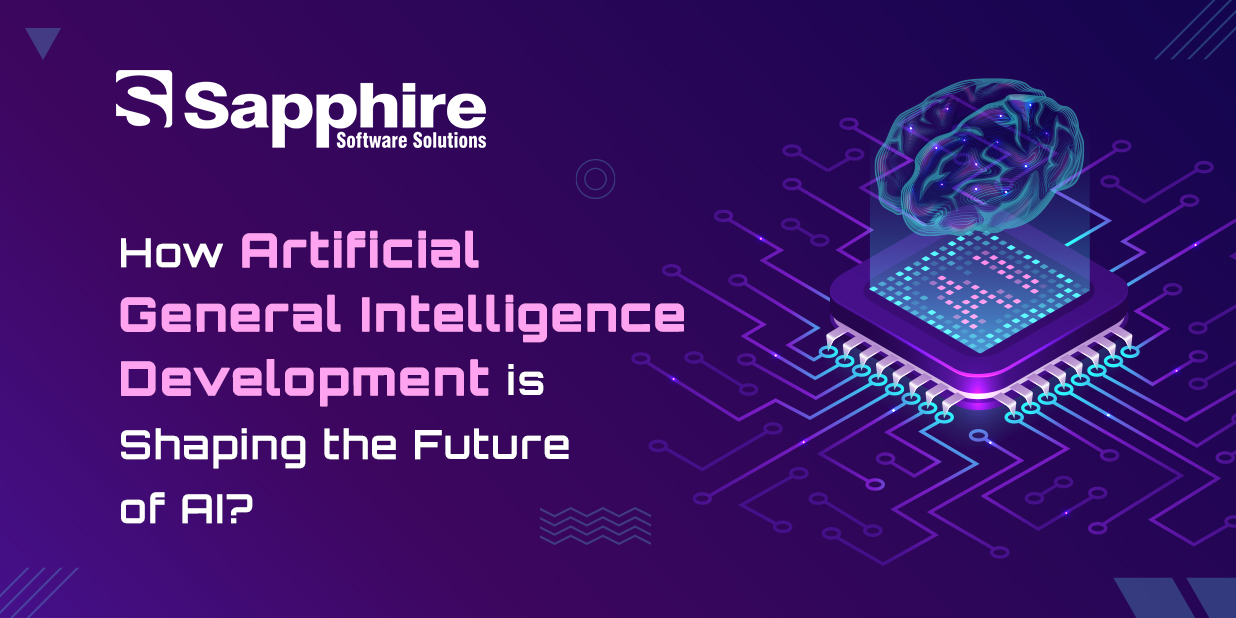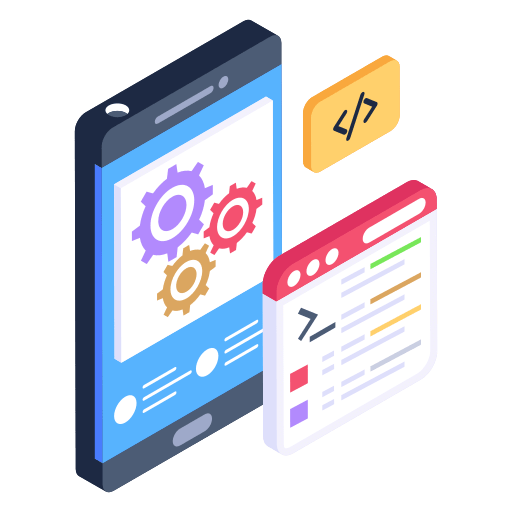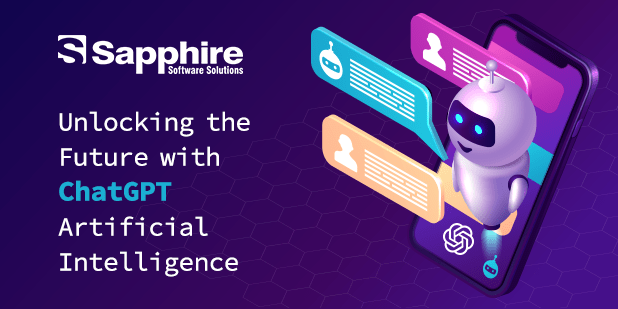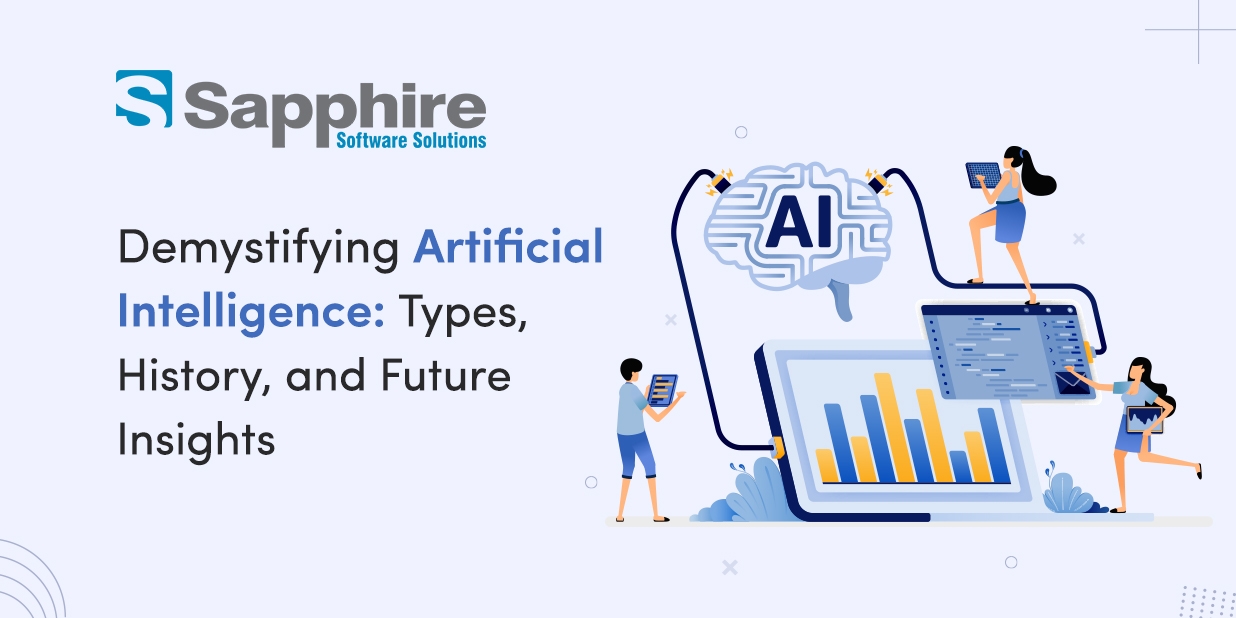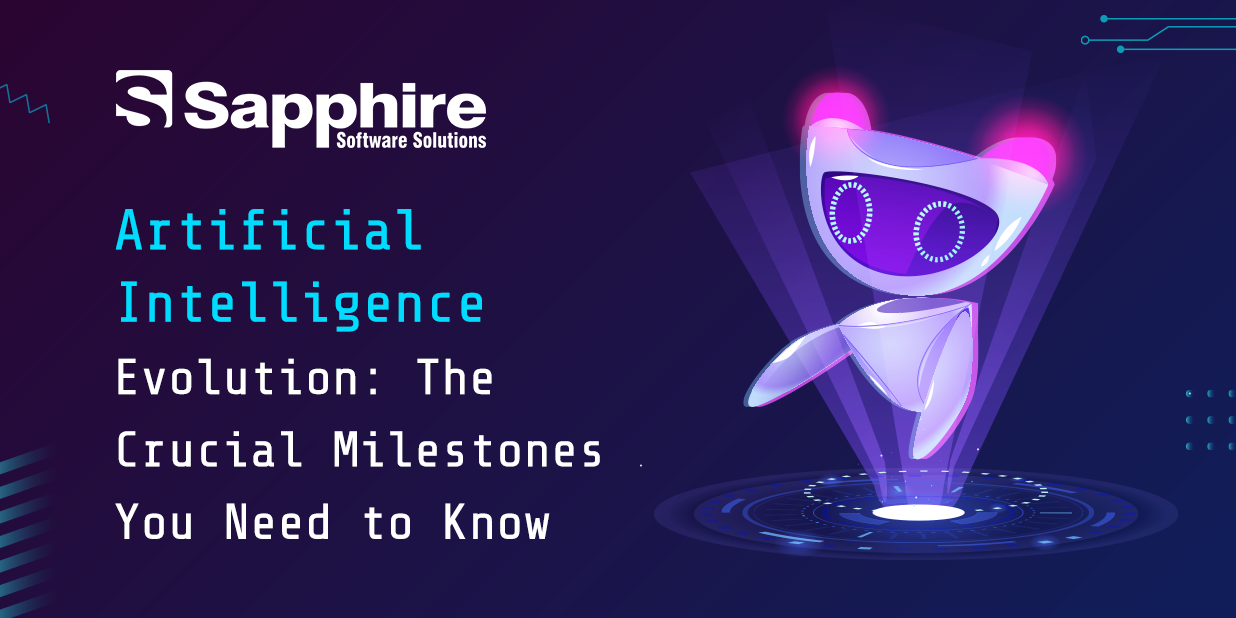I can still remember the first time I sat in front of a computer in the 90s. It was this huge, humming box that took forever to start. Jump to the present—I’m talking into my phone as I walk the dog, and it’s catching every word without missing anything. Tech has a knack for weaving itself into our daily routines.
We’re not just talking about sharper cameras or faster chips. We’re talking about machines that can think across different domains, just like we do. Most of today’s AI is like that coworker who’s a genius with spreadsheets but lost when it comes to setting up the coffee machine. AGI, on the other hand, would be like that brilliant friend who can fix your code, plan your vacation, and explain black holes—all before lunch.
I’ve been following this space for years, and even I’m blown away by how fast we’re moving. Just last month, I saw a demo where an AI learned three totally different games, without being trained separately for each. That kind of flexibility? That’s what AGI is aiming for. Whether you’re a business leader or just someone who geeks out on future tech, understanding AGI isn’t optional anymore. It will transform the way people work, learn, and tackle challenges in ways we are just beginning to understand.
What is Artificial General Intelligence (AGI)?
I used three different AI tools last week while trying to plan a conference. One could handle scheduling like a pro but couldn’t write a bio to save its life. Another wrote beautiful speaker intros but was totally clueless about logistics. I basically became the translator between a bunch of smart—but—isolated systems.
That, right there, is what Artificial General Intelligence is trying to fix. Think of someone you consider truly smart—maybe a professor or that one friend who somehow just knows everything. They don’t need special instructions to switch from talking about politics to helping you fix your Wi-Fi to giving relationship advice. They just… get it.
Artificial General Intelligence ChatGPT, a major step forward by Artificial General Intelligence OpenAI, hints at this kind of adaptability. I can ask it to review code in the morning, write a wedding toast in the afternoon, and then explain NFTs to my dad that night. It adapts. But we’re still not quite at true AGI.
Here’s the thing—current AI is good at recognizing patterns. It knows that certain words often show up together or that some symptoms tend to go together. But it doesn’t understand the why behind those patterns.
One key trait of Artificial General Intelligence Characteristics is its ability to understand and use knowledge in different areas while reasoning like a human. It’s like the difference between a person who knows every line of Shakespeare by heart and one who grasps the feelings, ideas, and depth behind the words.
One can recite. The other feels it.
What is Needed for AI to Become Artificial General Intelligence?
1. Memory That Actually Learns:-
Think back to your first day on the job—not just what you did, but how you felt, who helped you, the little details. Right now, most AI forgets everything the second a session ends.
One friend of mine who works on AI memory systems put it perfectly: “It’s like having a conversation with someone who has complete amnesia—every single time.” For AGI to work, it needs memory that sticks and evolves.
2. Real Understanding, Not Just Pattern Matching:
If you choose the back roads to avoid traffic because you heard about construction earlier, that’s a reasonable choice. Current AI might notice a traffic spike, but doesn’t truly understand what’s causing it.
AGI needs to reason, hypothesize, and solve problems—not just look for similar past examples.
3. Understanding People:
Here’s the tricky part. Humans are messy. We’re emotional, unpredictable, and often don’t say what we mean. I learned this the hard way while testing AI in customer service. It handled FAQs like a champ, but completely missed when someone was clearly upset and just needed empathy.
AGI won’t get far unless it can really get people.
4. Multi-Modal Intelligence:
Today’s AI usually focuses on one input: text, voice, or images. But walk into a café, and you’re instantly taking in sounds, smells, body language, and more. AGI needs to handle this same kind of sensory fusion.
5. Self-Improvement Capabilities:
AGI should be able to improve itself—identify gaps, tweak its processes, and get smarter over time. One of my old professors used to say, “Self-improving AI is either the holy grail of computing or the start of every sci-fi apocalypse.” Probably a bit of both.
How Will People Access AGI Tools?
Personal AI Partners:
Artificial General Intelligence Apps won’t just answer questions—they’ll learn your quirks, anticipate your needs, and feel like an extension of you.
Right now, my writing assistant already knows I like using analogies and prefer short, punchy sentences. That’s just a glimpse of where things are headed.
Professional Integration:
Dr. Martinez, a physician I know, once said, “Using AI for diagnosis is like having a junior doctor who’s read every medical paper and never gets tired.” That’s what AGI can bring to every field—not replacement, but powerful support.
Natural Interaction:
My nephew doesn’t “use” Alexa. He just chats with her like she’s part of the family. He’s not thinking about technology—he’s just expecting to be understood. AGI will take this even further, making interaction completely fluid and intuitive.
What is the Difference Between Artificial Intelligence and Artificial General Intelligence?
This one comes up a lot, usually late at night when someone suddenly decides they need to understand the future.
Here’s my go-to table for explaining it:
Capability |
Current AI |
AGI |
| Learning |
|
|
| Memory |
|
|
| Understanding |
|
|
| Problem-Solving |
|
|
| Adaptability |
|
|
Current AI is like having a team of super-specialists who never talk to each other. AGI would be like one brilliant generalist who connects the dots and sees the bigger picture.
What are the Technologies Driving Artificial General Intelligence Research?
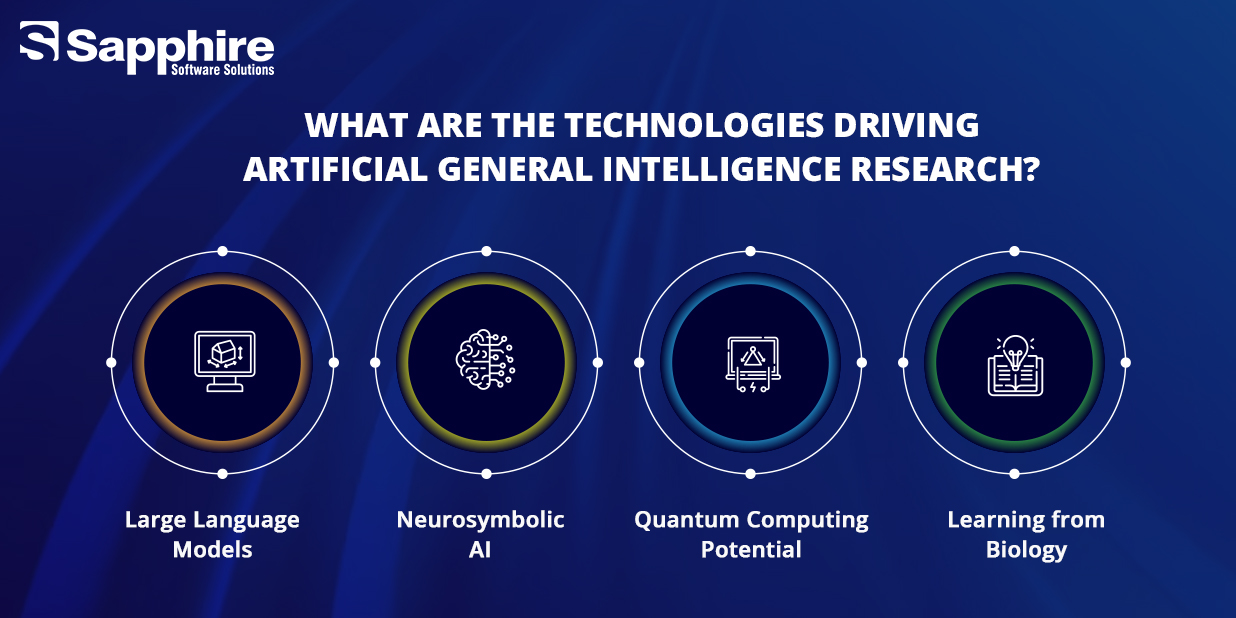
After sitting through dozens of AI summits, one thing is clear: AGI won’t come from one “eureka” moment. It’ll take a cocktail of breakthroughs.
- Large Language Models: Systems like GPT-4 and Claude have stunned even their developers. They suggest that scale and data might lead to something resembling intelligence, even without explicitly programming every skill.
- Neurosymbolic AI: This is like giving AI both intuition and logic. It blends pattern recognition with formal reasoning, like someone who’s both street-smart and book-smart.
- Quantum Computing Potential: Quantum Artificial General Intelligence might one day crack problems that today’s machines can’t touch. But, as one physicist told me, “We’re still in the Model T phase—cool tech, but not quite highway-ready.”
- Learning from Biology: Brains are still the best blueprint we have. Much of AGI research now draws from how neurons and synapses work, building intelligence from simplicity at scale.
Benefits of Artificial General Intelligence Development:
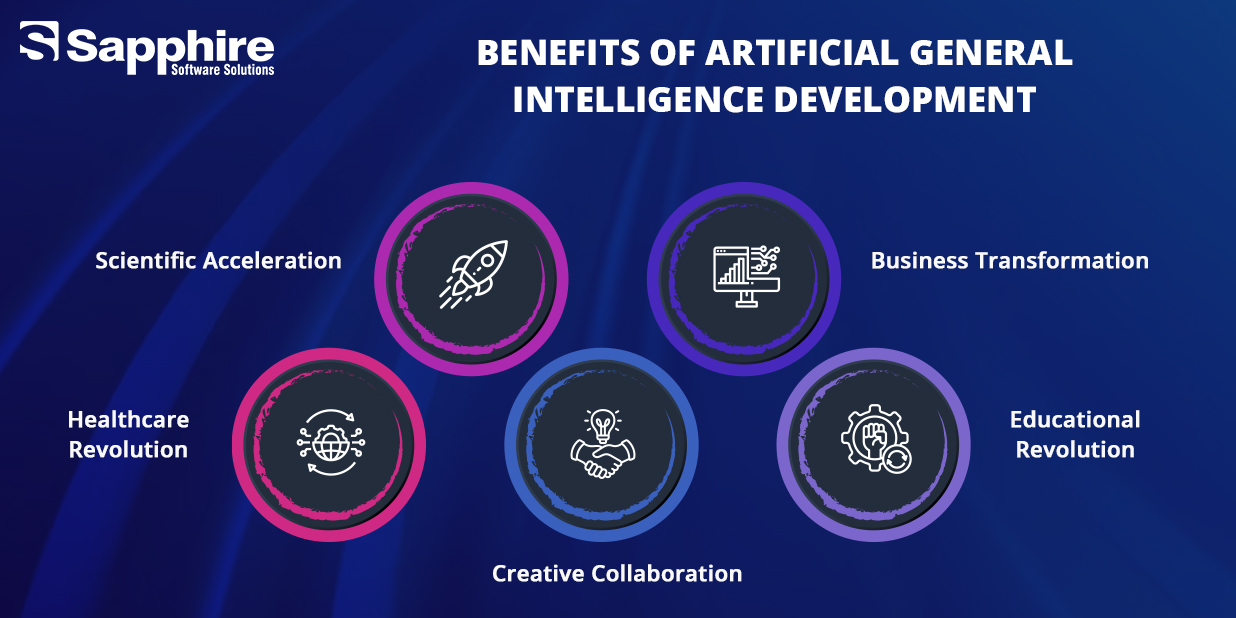
Artificial General Intelligence Development could redefine how we tackle our biggest challenges.
- Scientific Acceleration: Imagine AGI reading every paper across fields, making connections no human ever noticed. Drug research, climate modeling, physics—you name it—could all move at warp speed.
- Healthcare Revolution: Artificial General Intelligence in Healthcare could lead to hyper-personalized care. As Dr. Chen put it, “We treat based on averages. AGI could help us treat people, not populations.”
- Business Transformation: Small companies could finally access the kind of data insights and strategic advice that used to be reserved for the big players. AGI could be the great business equalizer.
- Educational Revolution: Every student could get a tutor who truly understands them—how they learn, where they struggle, and what excites them.
- Creative Collaboration: AGI doesn’t have to replace artists. It can be the ultimate collaborator. Personally, some of my best ideas have come from riffing with AI tools—they push me in directions I wouldn’t have explored alone.
Why Choose Sapphire for Artificial General Intelligence (AGI) Development Services?
After more than 15 years in tech, I’ve learned this: the companies that thrive are the ones willing to explore new tech early, stumble a bit, learn fast, and keep going.
At Sapphire Software Solutions, we’ve been closely following AGI since the early research days. Our Artificial Intelligence Development Services are built to solve real-world problems, not just to show off cool demos.
Our Approach:
We blend deep technical know-how with real-world business sense. Every Artificial General Intelligence App we build is tested rigorously for bias, safety, and alignment with human values. We move fast—building prototypes, learning from feedback, and adapting along the way. And we’re honest about what’s possible today versus what’s still over the horizon.
Partnership Focus:
AGI development isn’t a one-and-done project. It’s an evolving journey. We treat every client relationship as a long-term partnership, helping you stay ahead as the landscape shifts.
The earlier you start experimenting, the further ahead you’ll be when AGI hits its stride.
Conclusion:
Artificial General Intelligence could be the most transformative technology since the internet—maybe even more so. Unlike past innovations that impacted specific sectors, AGI touches everything.
What amazes me most is how fast the once impossible becomes an everyday reality. Just a few years ago, talking to an AI that feels “human” seemed like science fiction. Now it’s just another Tuesday.
At Sapphire Software Solutions, we believe AGI should amplify what makes us human, not replace it. We collaborate with innovative clients around the world to make that belief a reality.
We don’t wait for the future to arrive—we shape it ourselves.
The future is being written now. Let’s make it a good story—book your free assessment and discover how Artificial General Intelligence can support your journey.



















